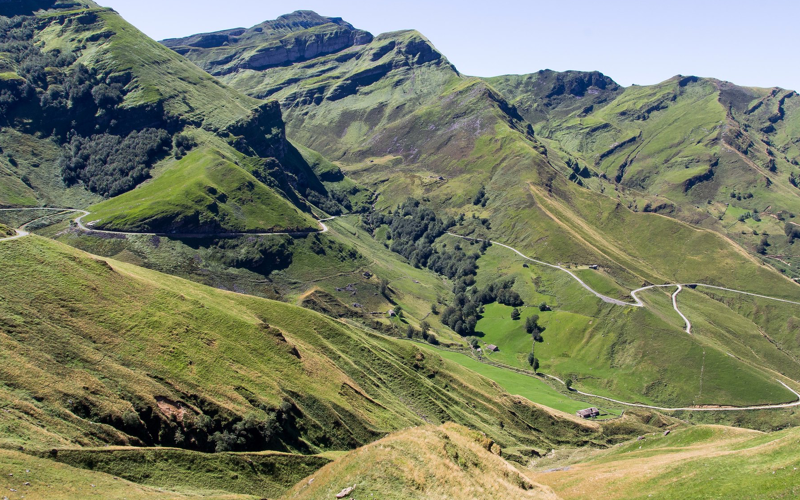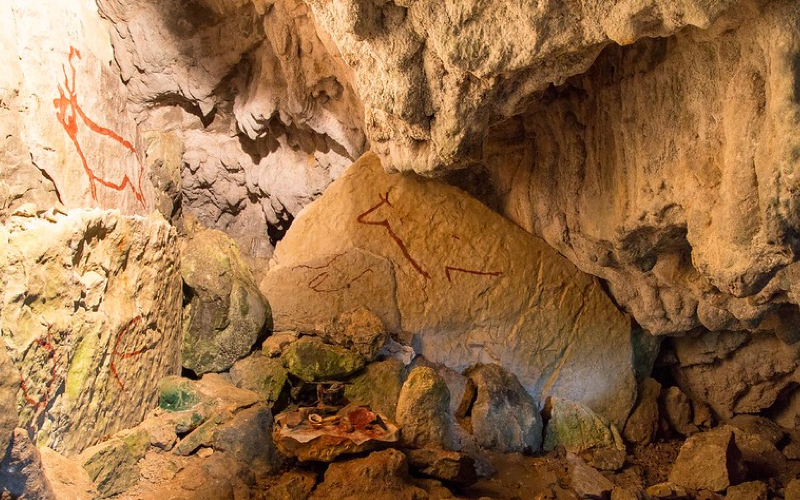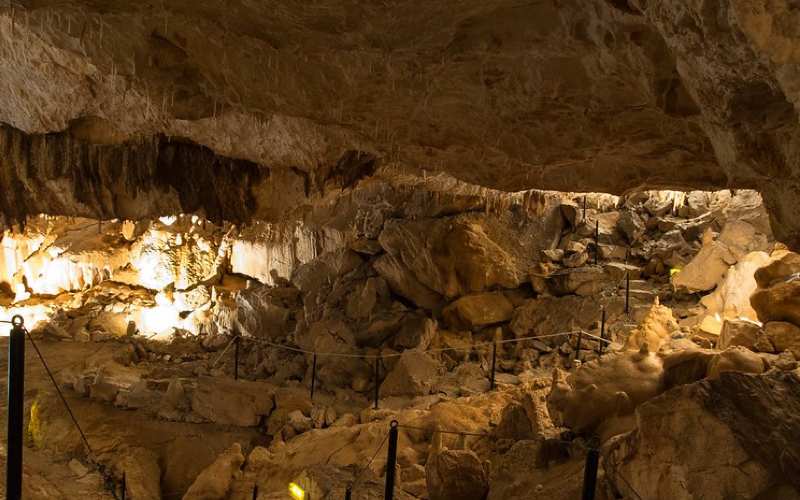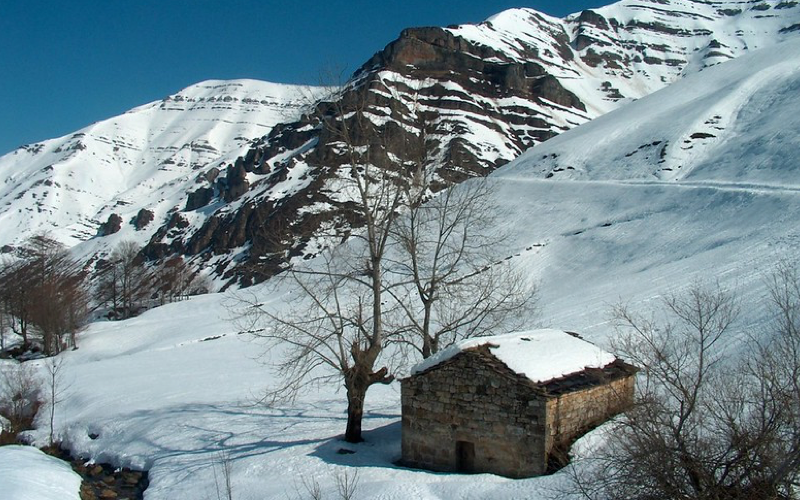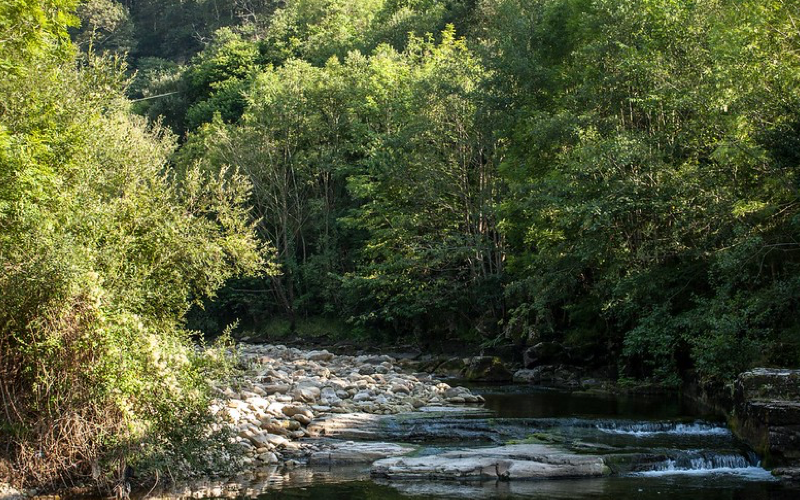Miera Valley
A valley shaped by the course of time, with a striking landscape.
You will want to walk uncountable paths through its irregular shapes, like the existing circuit from La Concha, Hayedo de Zamina and Picones de Sopeña. Miera Valley counts with great beech and holm oak forests, diverse geological forms and a frizzy and peculiar picture. It also stands out due to is secular and religious architectural heritage, its gastronomy and the journeys through Pas cottages.

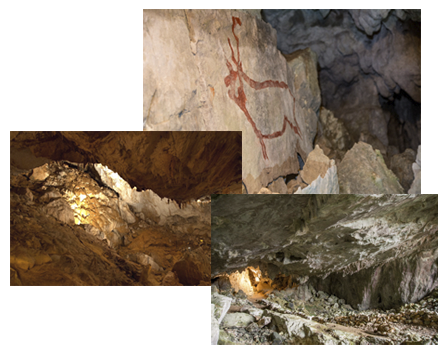
Come to know the Cave of Sopeña, a recreation of newarby Cave of Salitre II, which offers the possibility of walking through a beautiful cavern, discovering the daily and spiritual life of Palaeolithic inhabitants of Alto Miera, experiment with cave painting and the reconstruction of a pre-historic camp and learning how the impressive cave bears hibernated and died.
Church of Santa María de Miera, is an obligated stop in any visit. The building, declared Cultural Interest Good in 1988 because of its mixture of late-Gothic elements, Renaissance and Baroque, stand out for their big dimensions and monumentality, and that has its origin in an ancient Benedictine monastery dedicated to San Juan.
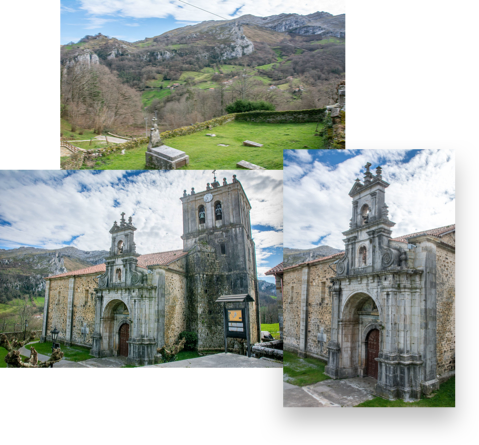
Due to the steep relief, this area is unbeatable for practising different activities, like climbing, horseback riding, hiking or bicycling. The great cave number along the zone invites to the practice of speleology. Numerous groups from all over the world have explored the intricate underground routes for years. However, there still is much to discover.
– In San Roque de Riomiera there are different route possibilities:
- San Roque by mountain bike
- Hiking through the Pas Peaks
- Route of the Pas Cottages
- Route of Zamina beech grove.
– In Miera we find the following activities:
- Walking through Miera Valley
- Hiking through Peñas de Miera
- Miera by mountain bike
– In Liérganes we can do the following routes:
- Walking by Miera river
- From Rubalcaba to Pozos de Noja
- Climbing to “Tetas de Liérganes”
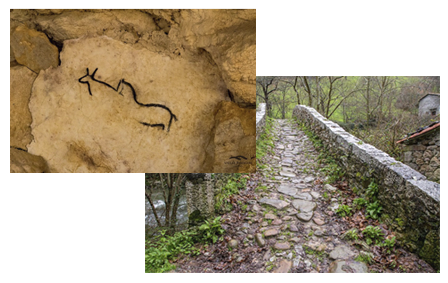
Miera Valley is made out of many quarters dispersed through huge pastures splattered with cottages. The economic activity of the high valley area (San Roque de Riomiera y Miera) is based almost exclusively on livestock farming, although lately rural tourism activities have been on the rise. In the area of Liérganes farming is accompanied by small businesses, commerce and turistic and spa activities. A reconversion process that is trying to lower farming activity in favour of a tourism centred economic activity that takes advantage of landscape and heritage wealth of the land.
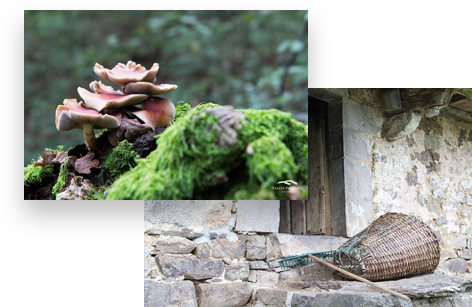
Most notable festivities in the region are:
– In Liérganes, there is San Pantaleón (July 27th), St. Peter Advíncula (Aug. 1st), and Rubalcaba Our Lady of Nieves (Aug. 5th) in Rubalcaba quartier.
Since 1999, people have been celebrating the Chorizo and Rioja Wine Festival, with products from Baños de Río Tobía in La Rioja, sister city of the region. It is a celebration in which these products are handed out for their tasting. The festivity date varies between end of July and beginning of August, sharing date with the Great Liérganes Festivities. As a response, then Liérganes Cheeses are taken to said La Rioja city.
– In San Roque de Riomiera, San Roque (Aug. 16th) is celebrated with mass and a popular fair. In September, the Pas Pride Celebration, of rising touristic interest with different traditional activities, such as Pas jumping, trunk cutting, “voceo”, etc.
– In Miera, September 21st, Saint Mathew is celebrated with a great participation.

Settlement in this valley began in 30,000 a.D., as evidenced by the remains found in Rescaño Cave (Mirones).
During the Iron Age (1,000 a.D.), Cantabrian people settle in the area of Liérganes, like the recently discovered Castilnegro and Peñarrubia forts.
The first written document still conserved is from 816 and refers to the monastery of Saint Martin of Liérganes, now lost. During Early Middle Ages, the high zone of the valley developped into one of Pas comunity expansion sceneries.
During 17th and 19th centuries, some of the most important feats of valley history took place, such as the installation of artillery factories in Liérganes and La Cavada, the construction of Lunada way, or the development of thermal activity in Liérganes.
The privileged location for minning, the proximity of Miera river, capable of great transportation downstream, and the abundant, cheap labour in the region allowed the development of a successfull arms industry.
In Liérganes were built, according to Alcalá Zamora,“…the ugliest and best of the world cannons”. The Royal Factories had for centuries blast furnace, coal bunkers, laundries, blacksmiths and carpenters, storage and offices. To begin production, big hydraulic works were needed: Liérganes, La Cavada and Valdelazón dams and Miera “zapeadero”.
Today, there are remains of this frenetic activity in the great Liérganes damn, the house of Lunada King and the magnificient wooden slide from which only the bottom walls are kept. This slide was almost 2,400 metres long, made with 5,000 beech trees and helped avoid a 600 metres slope in the mountain.
During 18th century, communication with Castilla and Ebro Valley is bettered through some low-Miera areas, which concludes valley organisation and allows the construction of great public works such as House Manor of Miera Rubalcaba or Mayor Bridge.
Miera is the wildest of the Pas Valleys. While the clay in Pas and Pisueña present nice hills, in Miera sharp, bared rocks are predominant.
Karstification processes have drawn wild, irregular shapes such as sinkholes, poljes and limestone pavements. At the same time, in the mountains interior, there are hundreds of extraordinarily big caves, many of them still unexplored. Recently, it has been proved that the union of some of these caves form a galery system of 77 kilometres, “Alto del Tejuelo”, second biggest underground system in Spain.
Going up the valley from San Roque de Riomiera, one can see a classic glacier morphology as a result of ice molding, which happened during a great part of the Quaternary . Circuses, moraines and trough form can be seen in the valley. The most singular characteristic of this glacier is that it gets to the lowest altitude in meridional Europe, leaving dragging materials a little bit over 500 altitude metres.
There are many leafy spaces, particularly beech groves adapted to the hard weather and floor conditions. In fact, in the orient side of Picones de Sopeña we can find one of the biggest beech groves of the area, Haza Mina.
Cultural heritage in the valley centres around Pas culture and noble Classicist architecture from the Historically Artistic Ensemble in Liérganes. In Miera, stand out its great cottage baggage, wineries, “cuvíos”, river mills or old paths; however, a journey up valley must start with Elsedo Palace in Pámanes, from early 18th century, one of most representative Baroque works in the region. This unique example of Cantabrian secular architecture has a few open-to-the-public halls dedicated to modern art exposition, with the works of artists such as Berrocal, Chillida, María Blanchard, Gutiérrez Solana, Vázquez Díaz or Pablo Serrano.
Liérganes is a great show of popular architecture, like “montañesas” cottages with balcony, and of noble architecture. Must be admired the House Manor of Setién, the one of Intendente Riaño, or the one called “of the cannons”, decorated with some of the arm factory weapons.
As for religious architecture, two of the most relevant elements are the Churches of San Pantaleón and Saint Peter Advíncula.
La Rañada Palace is a great show of the power that most accomodated families had in the 18th century, standing out because of its antiquity Miera Rubalcaba. Next to the chapel of Santa María La Blanca there is a majestic cross like none else in Cantabria.
The building is built on the old family manor, from middle 16th c., and is characterised by its closed aspect and the U-form floor, a pattern appearing in other 18th c. constructions in the area, like the house of Gómez Barreda in Saro, which presents a centre body practically identical to the one in La Rañada.
Defying the usual, the building has a chapel parallel to its front in honour to the Virgin of Guadalupe. A carving above the door states: “Will obtain 200 indulgences the people who devotedly did an act in front of this image of Our Lady of Guadalupe conceded by the Lord Archbishop of Zaragoda in the name of Benedict XIII””. The goal was, undoubtedly, public devotion.

